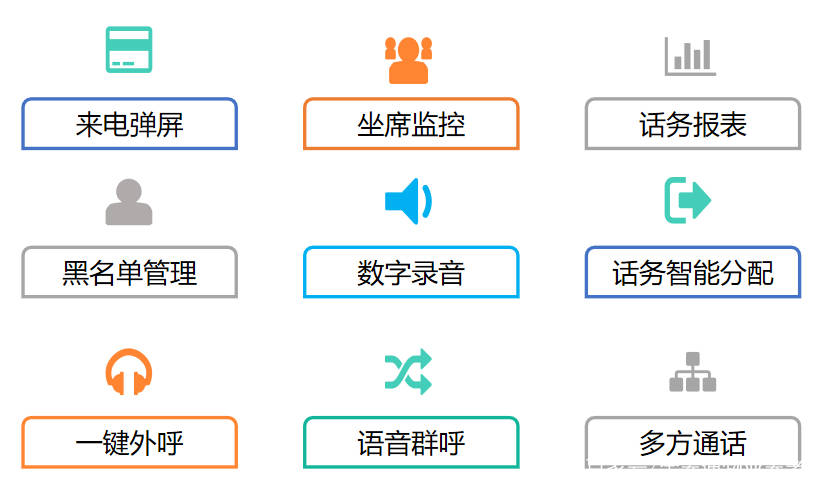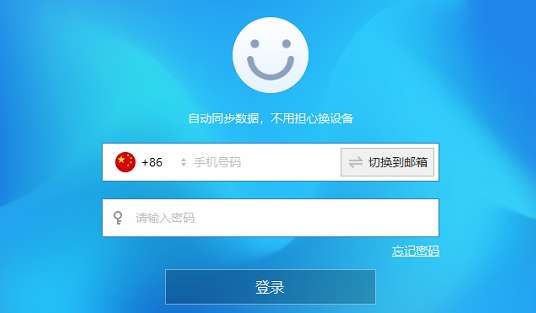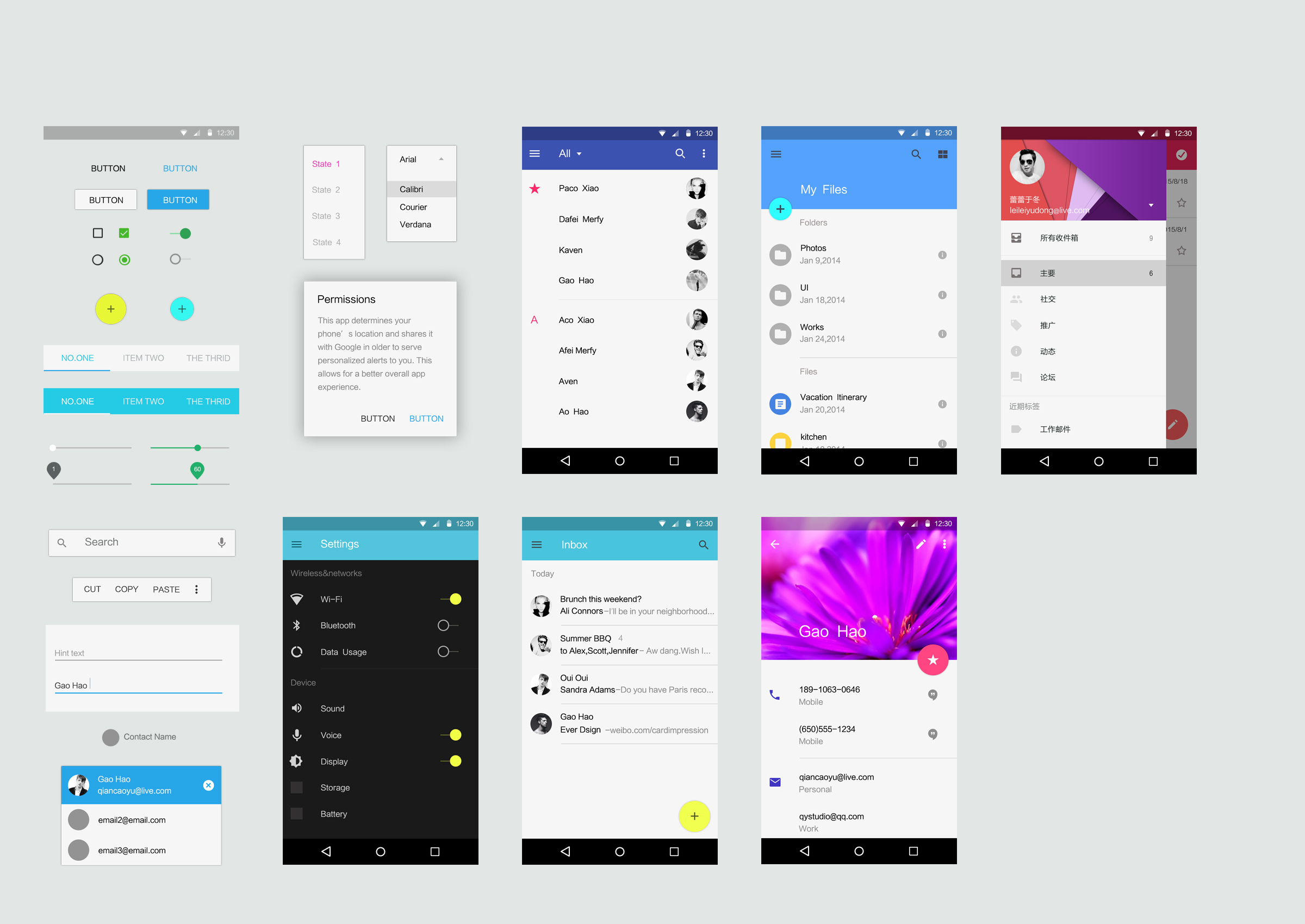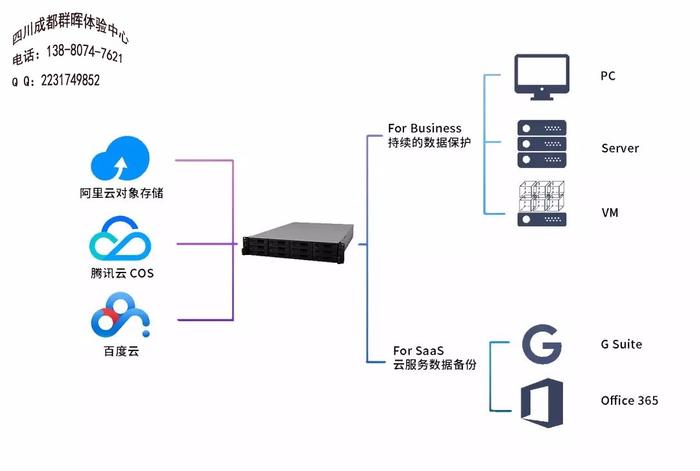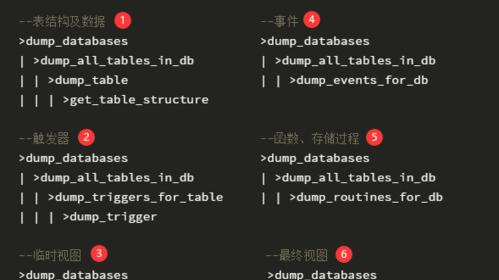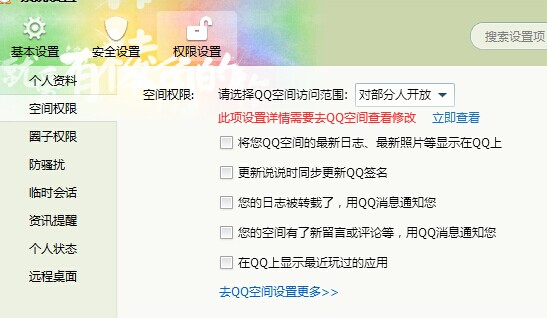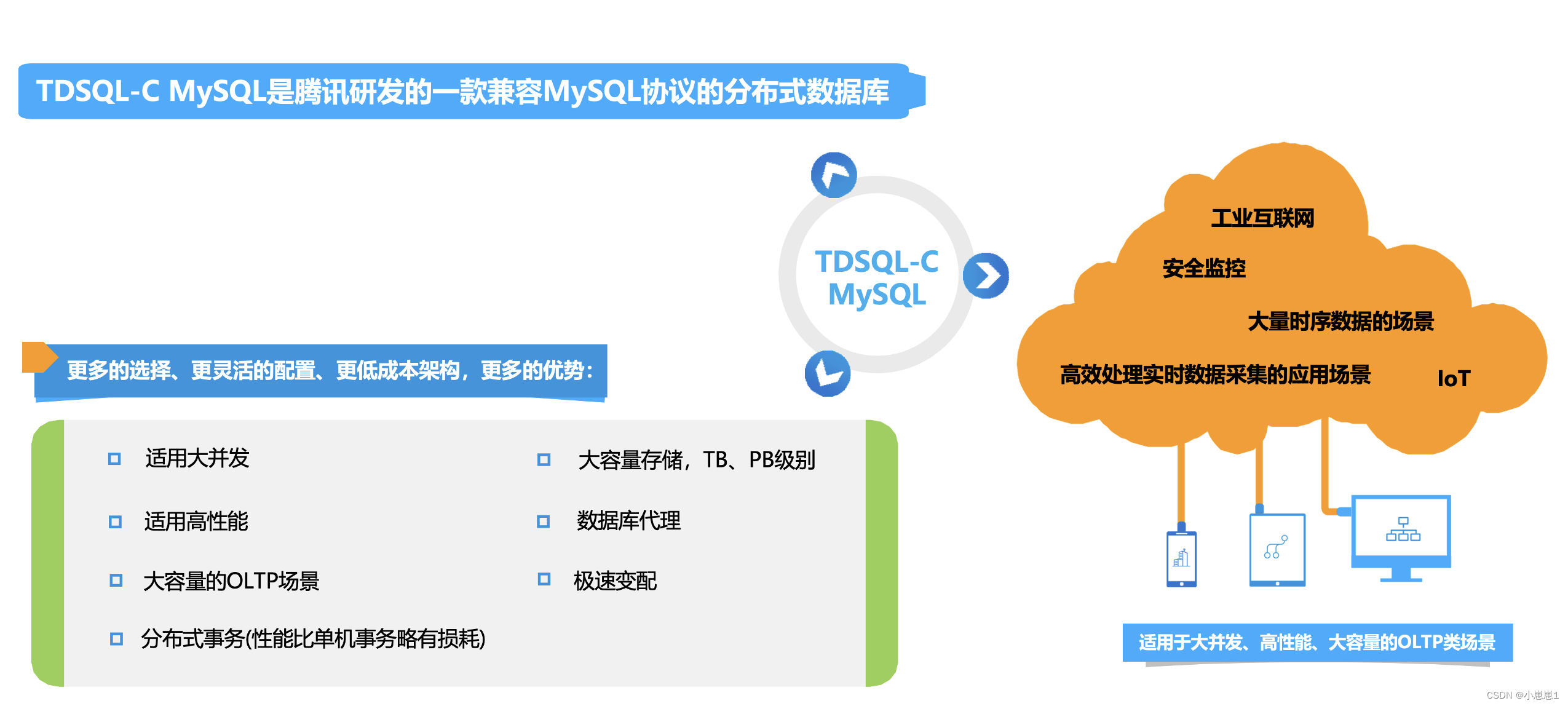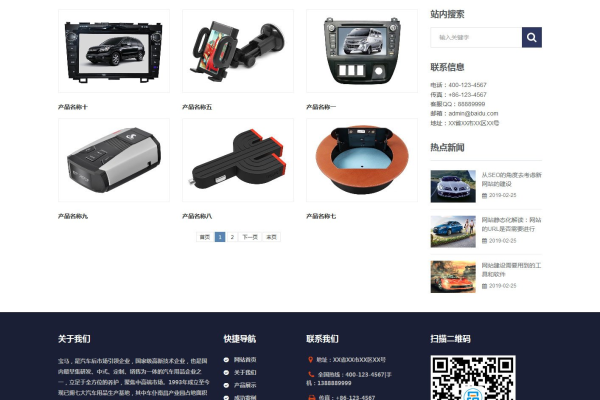上一篇
安卓开发个人中心实现数据库
- 行业动态
- 2025-04-23
- 6
安卓个人中心数据库实现常用Room持久化库,通过Entity定义用户信息表,Dao接口封装CRUD操作,ViewModel管理数据流,结合RecyclerView展示个人资料与设置项,实现本地数据存储与动态
数据库选型与准备
本地数据库选择
| 方案 | 特点 | 适用场景 |
|---|---|---|
| SQLite | 轻量级嵌入式数据库,支持SQL语法 | 简单数据存储,需手动管理线程安全 |
| Room | 基于SQLite的抽象层,提供编译时校验 | 复杂数据关系,追求开发效率与规范 |
依赖配置(以Room为例)
// 添加Room相关依赖 implementation "androidx.room:room-runtime:2.5.1" annotationProcessor "androidx.room:room-compiler:2.5.1" kapt "androidx.room:room-compiler:2.5.1" // 如果使用Kotlin
数据库实现步骤
定义实体类
@Entity(tableName = "user_profile")
public class UserProfile {
@PrimaryKey(autoGenerate = true)
public int id;
@ColumnInfo(name = "username")
public String username;
@ColumnInfo(name = "email")
public String email;
@ColumnInfo(name = "avatar_url")
public String avatarUrl;
}创建DAO接口
@Dao
public interface UserDao {
@Insert(onConflict = OnConflictStrategy.REPLACE)
void insertUser(UserProfile... users);
@Query("SELECT FROM user_profile WHERE id = :userId")
UserProfile getUserById(int userId);
@Update
void updateUser(UserProfile user);
@Delete
void deleteUser(UserProfile user);
}构建数据库类
@Database(entities = {UserProfile.class}, version = 1)
public abstract class AppDatabase extends RoomDatabase {
public abstract UserDao userDao();
private static volatile AppDatabase INSTANCE;
public static AppDatabase getInstance(Context context) {
if (INSTANCE == null) {
synchronized (AppDatabase.class) {
if (INSTANCE == null) {
INSTANCE = Room.databaseBuilder(
context.getApplicationContext(),
AppDatabase.class,
"app_database.db"
).build();
}
}
}
return INSTANCE;
}
}创建Repository层
public class UserRepository {
private UserDao userDao;
public UserRepository(Context context) {
AppDatabase db = AppDatabase.getInstance(context);
userDao = db.userDao();
}
public void saveUser(UserProfile user) {
Executors.newSingleThreadExecutor().execute(() -> userDao.insertUser(user));
}
public LiveData<UserProfile> getUser(int userId) {
return userDao.getUserById(userId);
}
}创建ViewModel
public class UserViewModel extends AndroidViewModel {
private UserRepository repository;
private LiveData<UserProfile> userLiveData;
public UserViewModel(@NonNull Application application) {
super(application);
repository = new UserRepository(application);
}
public void loadUser(int userId) {
userLiveData = repository.getUser(userId);
}
public LiveData<UserProfile> getUser() {
return userLiveData;
}
}UI层绑定(Fragment示例)
public class UserProfileFragment extends Fragment {
private UserViewModel viewModel;
private TextView nameView, emailView;
private ImageView avatarView;
@Override
public View onCreateView(...) {
View root = inflater.inflate(R.layout.fragment_user_profile, container, false);
nameView = root.findViewById(R.id.name);
emailView = root.findViewById(R.id.email);
avatarView = root.findViewById(R.id.avatar);
viewModel = new ViewModelProvider(this).get(UserViewModel.class);
viewModel.getUser().observe(getViewLifecycleOwner(), user -> {
nameView.setText(user.username);
emailView.setText(user.email);
Glide.with(this).load(user.avatarUrl).into(avatarView);
});
viewModel.loadUser(1); // 加载指定用户ID的数据
return root;
}
}常见问题与解决方案
| 问题类型 | 现象 | 解决方案 |
|---|---|---|
| 数据库升级 | 版本号变更导致崩溃 | 实现Migration接口或fallbackToDestructiveMigration |
| 主线程阻塞 | 大数据量查询卡顿 | 使用LiveData+AsyncTask或RxJava处理异步 |
| 数据一致性 | 多源数据冲突 | 在Repository层统一处理数据源,使用MediatorLiveData合并 |
相关问题与解答
Q1:如何实现用户数据的加密存储?
A1:
在
Room实体类中使用TypeConverter处理加密字段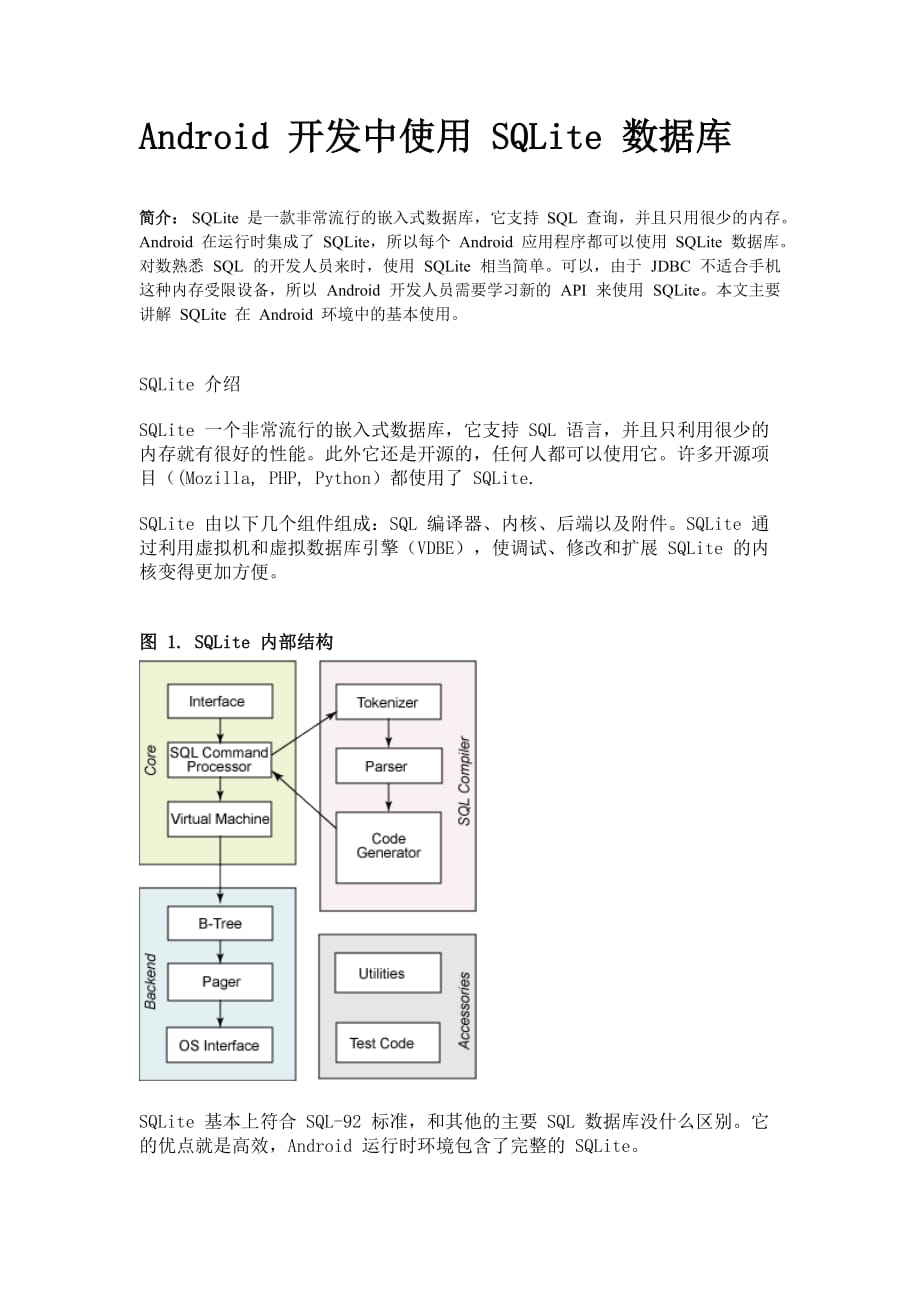
使用
AES对称加密算法对敏感字段进行加解密示例代码:
public class EncryptionConverter { private static final String SECRET_KEY = "YourSecretKey"; // 应从安全存储获取 @TypeConverter public static String encrypt(String plainText) { // 实现AES加密逻辑 } @TypeConverter public static String decrypt(String cipherText) { // 实现AES解密逻辑 } }
Q2:如何优化大数据量列表的性能?
A2:
- 使用
PagingSource实现分页加载 - 在
DAO中定义@Query分页语句:@Query("SELECT FROM user_profile ORDER BY id LIMIT :limit OFFSET :offset") List<UserProfile> getUsers(int limit, int offset); - 配合
PagingDataAdapter实现高效渲染 - 添加数据库索引:
@Entity(...) @Index(value = "id", unique = true) // 在常用查询字段上创建索引 public class UserProfile {...}


